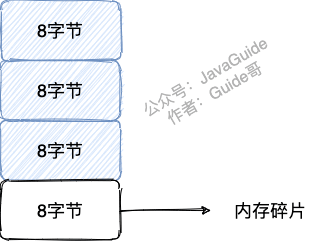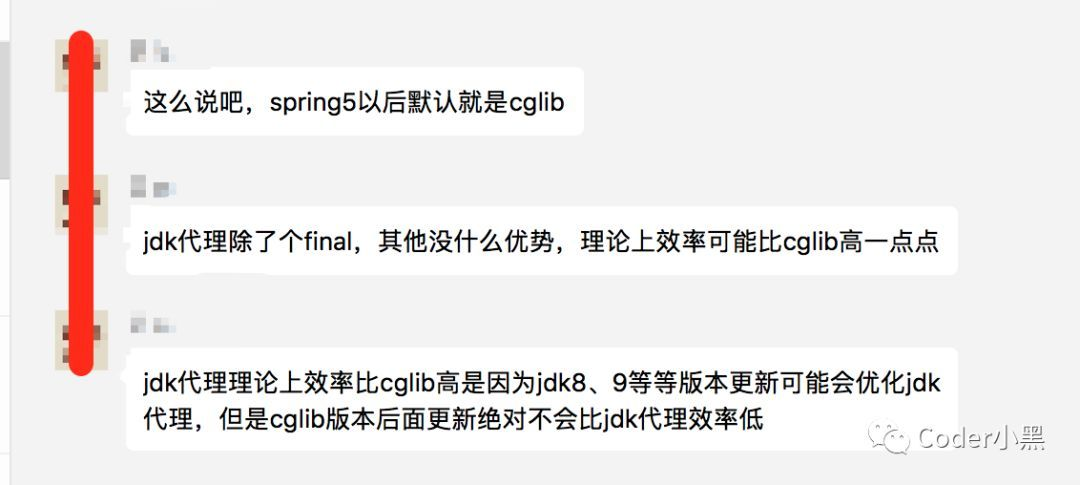MySQL Explain
¶Explain简介
本文主要讲述如何通过 explain 命令获取 select 语句的执行计划,通过 explain 我们可以知道以下信息:表的读取顺序,数据读取操作的类型,哪些索引可以使用,哪些索引实际使用了,表之间的引用,每张表有多少行被优化器查询等信息。
下面是使用 explain 的例子:
在 select 语句之前增加 explain 关键字,MySQL 会在查询上设置一个标记,执行查询时,会返回执行计划的信息,而不是执行这条SQL(如果 from 中包含子查询,仍会执行该子查询,将结果放入临时表中)。mysql> explain select * from actor;
+----+-------------+-------+------+---------------+------+---------+------+------+-------+
| id | select_type | table | type | possible_keys | key | key_len | ref | rows | Extra |
+----+-------------+-------+------+---------------+------+---------+------+------+-------+
| 1 | SIMPLE | actor | ALL | NULL | NULL | NULL | NULL | 2 | NULL |
+----+-------------+-------+------+---------------+------+---------+------+------+-------+
在查询中的每个表会输出一行,如果有两个表通过 join 连接查询,那么会输出两行。表的意义相当广泛:可以是子查询、一个 union 结果等。


